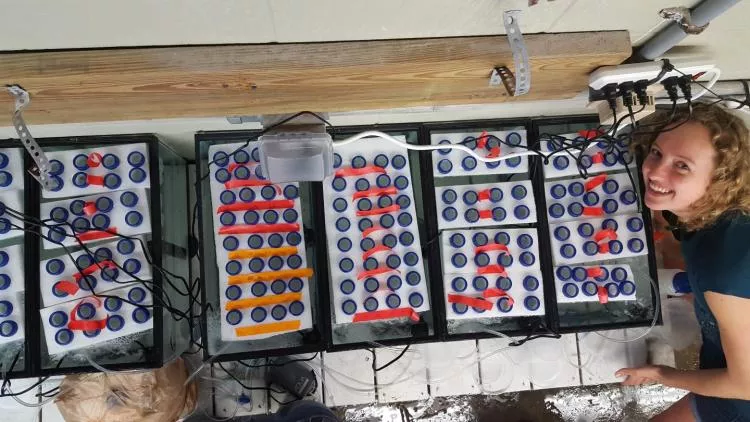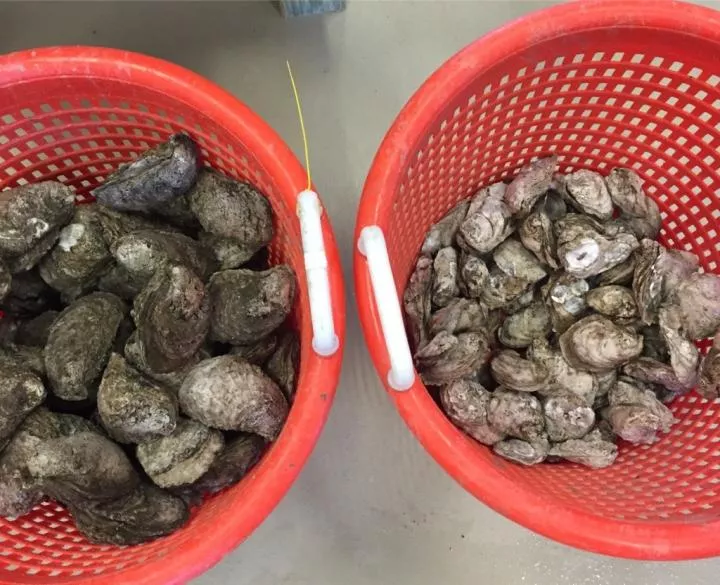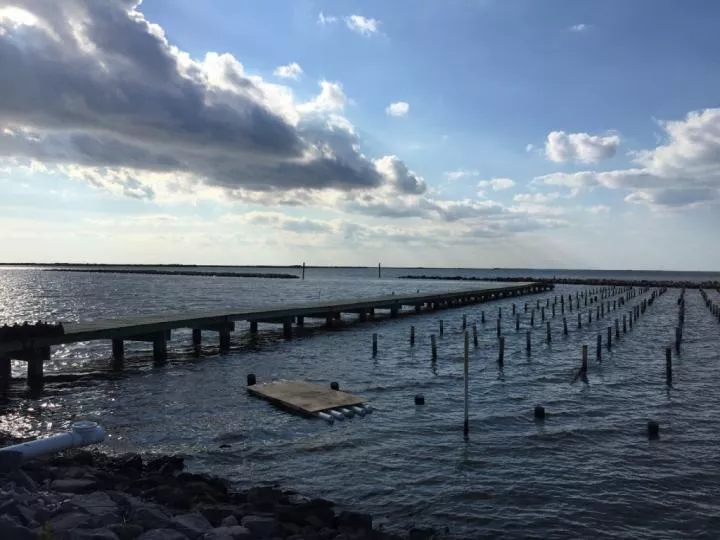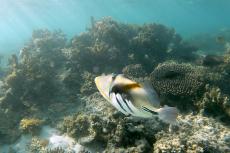Resilience pays off in oyster research
Two failed attempts did little to deter researchers from discovering why some oysters may be more resilient to freshwater than others.
Researchers led by Louisiana State University (LSU) alumna Joanna Griffiths from Portland, Oregon, and her faculty advisor LSU Department of Biological Sciences Associate Professor Morgan Kelly reveals why some oysters may be more resilient to freshwater than others.
Griffiths wanted to find out whether, due to transgenerational plasticity, oysters that lived in low salinity would have offspring that was more resistant to low salinity.
Transgenerational plasticity occurs when a generation’s flexibility is passed on to the next generation.
In the study, the team transplanted 240 oysters into coastal waters at two locations: a low-salinity site by the Louisiana University Marine Consortium in Chauvin and a medium-salinity site by the Louisiana Sea Grant Oyster Research and Demonstration Farm in Grand Isle.
After two years, they found out that the ones at the saltier Grand Isle site were 40 percent larger than the ones at Chauvin.
The next generation was then spawned to find out whether the flexibility characteristics would be passed on to the next generation. The team crossbred the oysters and produced 240 families.
It was tedious work.
"You have to be ready at every developmental stage of the baby oysters. A little bit like having a human baby, you have to be up in the middle of the night sometimes getting ready for the next stage of the oyster larvae life cycle,” said Kelly.
Unfortunately, none of the larvae survived. The team repeated the experiment, but again, all the larvae perished.
Success, the third time round
The third attempt was successful, with 60 of the 240 oyster families surviving.
Using size as a gauge, the team discovered that the offspring of the parents who had lived at the low-salinity site were not more resilient to low salinity.
They also found that some oyster families did well under low salinity while others didn’t. Those that did well possessed a variation of a gene that helped them grow well, regardless of the environment they were in.
"We were surprised how much genetic variation they have and how heritable the resilient trait is," said Griffiths.
These results suggest that selective breeding in hatchery management practices may be an effective way of increasing resiliency for low-salinity tolerance in eastern oysters.
A paper on the findings was published in the journal Proceedings of the Royal Society B.


























